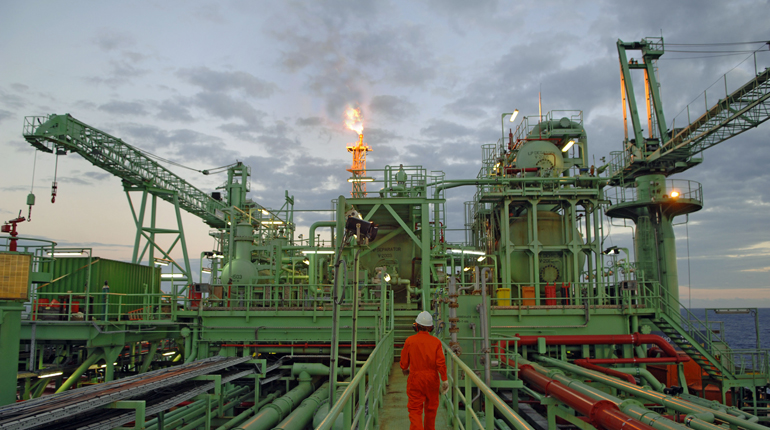 Tupi field, Santos pre-salt basin. Increasing pre-salt gas output in Brazil is having an impact on LNG demand in the country. (Petrobras)
Tupi field, Santos pre-salt basin. Increasing pre-salt gas output in Brazil is having an impact on LNG demand in the country. (Petrobras)
Latin America’s LNG market is undergoing structural changes that are expected to substantially reduce the region’s reliance on LNG imports in the coming years. While this raises questions about the commercial viability of existing and proposed import terminals in Latin America, it also has ramifications for those countries in the Americas that export LNG – Trinidad & Tobago, Peru and the United States.
Brazil, Argentina, Mexico, Chile, the Dominican Republic and Puerto Rico are the key LNG importers in the Americas, and several other countries are planning to begin imports. Jamaica received its first FSRU in August, although the vessel is currently moored outside the port of Montego Bay while work to install it continues. Colombia is also expected to start importing LNG using an FSRU by the end of this year. Barbados started receiving small volumes of LNG from the US this year, while countries in the Caribbean and Central America – such as Panama and El Salvador – plan to bring small-scale LNG import facilities online by the end of the decade.
You must be a subscriber to read this content
Already a subscriber?
If you already have a subscription, sign in to continue reading this article.
Sign inNot a subscriber?
To access our premium content, you or your organisation must have a paid subscription. Sign up for free trial access to demo this service. Alternatively, please call +44 (0)20 3004 6203 and one of our representatives would be happy to walk you through the service.
Sign up